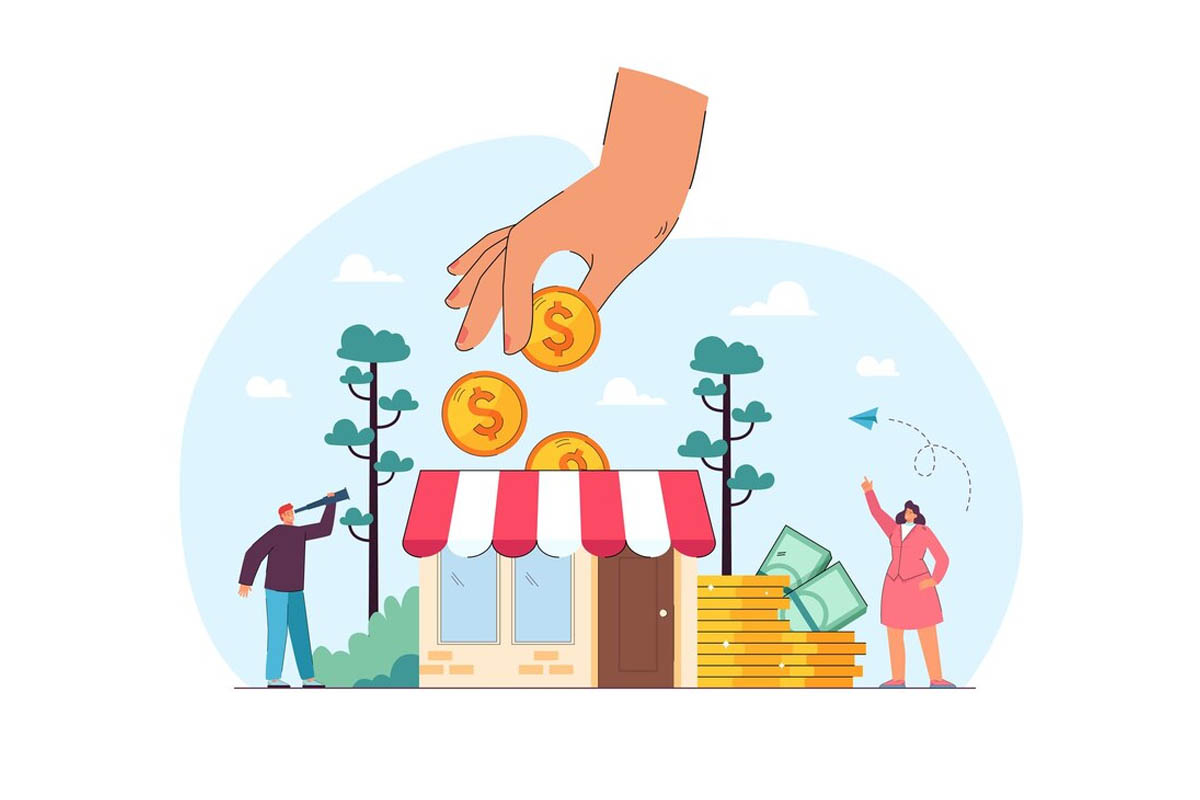Getting a grant for a project or an initiative is an essential step toward turning your idea or vision into a reality. One of the most effective ways to secure a grant is to create a compelling grant proposal. So, whether you are a non-profit organization, a researcher, or a community leader, you must learn how to write a grant proposal. After all, a strong grant proposal significantly increases the chances of winning your grant. With that being said, read the article below to learn how to write a grant proposal step by step.
What is a Grant Proposal?
A grant proposal is always a written document, however, you can also submit it in a video or any other media format if the grant-providing bodies agree. No matter which format you choose, you have to illustrate or propose an outline of the need for the grant and how each penny of it will be spent.
For instance, if you run a nonprofit organization or you have a project in mind for a food bank that doubles the capacity to serve more people in the community, you can create a grant proposal that includes:
- The identified need for the grant (for instance, the food insecurity in your local community)
- How your organization or project will address the need
- Is your organization capable of administering the project?
- How will your organization use the funds responsibly to administer the project?
- How the project will ultimately work to solve the issue or fulfill the need?
Hence, you must know how to address and organize each detail in the grant proposal. After all, it will help your non-profit organization to effectively diversify its revenue streams instead of relying on individual donors to support your mission.
How to Write a Grant Proposal – An Effective Step-by-Step Guide
Securing a grant for a project is surely rewarding. However, writing a grant proposal can be intimidating, complex, and a lengthy process. Therefore, you should thoroughly learn how to write a grant proposal step by step. But before we dive deep into each process, here are a few key points that you should not miss.
- Finding and securing a grant that matches your initiative or project can be both costly and time-consuming
- Most organizations tend to rely on various grants. These can be competitive and a few may not be even successful.
- Make sure that you have a strong understanding of your initiative or project before writing a grant proposal.
- You will need to create a few accounts to verify the grant process. For instance, you have to register for the federal grant program if you are seeking federal funding.
- Submit a grant inquiry letter before writing a grant proposal. If the grant-making body approves, you can continue writing the grant proposal.
- You can use software such as PandaDoc to help you manage your documents and save your time.
Step 1: Write a Strong Cover Letter
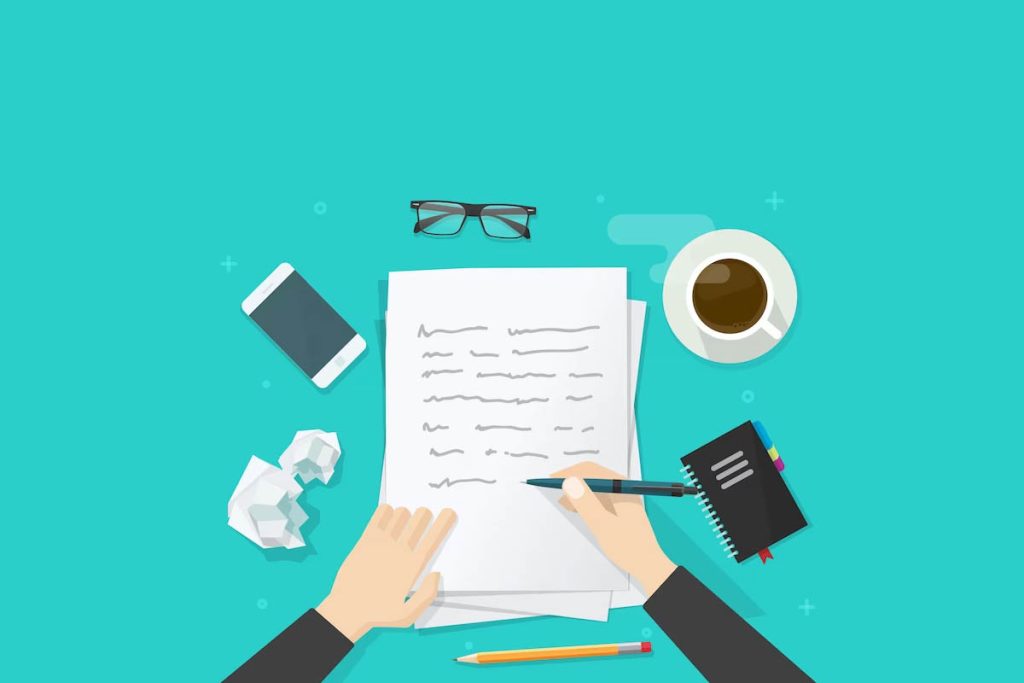
Writing a cover letter is one of the most effective strategies that you can use to grab your funder’s attention. After all, they receive hundreds of proposals. Therefore, a strong cover letter can help you stand out in the crowd and convince your funder to get to your grant proposals.
Unlike your grant application, the cover letter is less formal. In the letter, you can directly address the reader. Nevertheless, here are a few things that you should do and shouldn’t do.
Do:
- Keep it short: Your letter should not be more than four paragraphs. Besides, get to the main point and address your object without making any fuss.
- Make Connection: Research well before you begin writing your cover letter or grant proposal. Explain that you understand the funder’s mission and draw a connection between their mission and your project.
- State what you need: Do not hesitate to state your needs. Mention how much funds you require for your project and why.
Don’t:
- Do not repeat yourself: Your cover letter should not be a place where you keep repeating what you have already mentioned. Instead, state facts and figures in order to provide value.
- Avoid getting too emotional: You should avoid getting too emotional and writing a heartfelt story about your mission. Instead, convey your message and stay strong on your arguments.
So, that is what you should and should not do in a cover letter when reaching out for a grant. Here is a sample cover letter for a food bank project grant.
Dear Mrs. Anderson,
We are reaching out to you to request a $50,000 grant for our Nourish Boston project at the community food bank. Our aim is to double our capacity to help more and more people in our local community who are facing food insecurity.
We have thoroughly analyzed all the existing data and we have concluded that there is a growing need for assistance. This project will enable our non-profit organization to store and distribute nutritious meals to people in need. Because we want to make sure that no one in the community spends even a single day without a nutritious meal.
Moreover, the Nourish Boston project aligns with our long-term goal to build a resilient community. Hence, with your support, we can surely help those struggling with food insecurity.
We have also enclosed a detailed proposal of our plans and budget. In addition, we would love to discuss how your organization can play a vital in turning the Nourish Boston project into a reality. Thank you for considering our application. Your support will help us fulfill the current needs of our society and create a better future for everyone.
Sincerely,
[Name]
[Title]
Community Food Bank
Step 2: Start Your Application with an Executive Summary
Every successful grant proposal begins with an executive summary which is also known as the proposal summary. The executive summary is basically a brief synopsis of your whole grant proposal. It includes an introduction to your organization, market segment, project goals, and grant request. Besides, it should have essential details and should not be more than two pages.
So, make sure that you are providing enough information that the funder needs and get a solid idea of who you are and what you need the money for. In addition to that, you should also talk about the funds and how you intend to spend each penny.
However, you should not give out too much description for your project and avoid confronting the funder directly. As the name of this section states, it should be an overview or summary of the grant application. Nevertheless, here are a few questions that a good proposal summary easily answers.
- What is the history and mission of your organization?
- What is the name of your project and what does it address?
- What problems are you trying to solve and why they are essential to look after?
- What is your ultimate goal?
- How will you measure the success of your ultimate goal?
- Why should you get the funds?
- How much money do you need?
- How will you finance your project in the future and do you have other funding sources?
Step 3: Introduce Your Organization

With the executive summary, you have already set the stage. So, you are good to introduce your organization. In this section of your grant proposal, you can share as many details about your organization as possible, including its infrastructure, history, goals, experiences, etc.
Besides, you can also add a biography of your staff, success stories, organization goals, client recommendations, customer feedback, and expertise. In addition, make sure that you include industry certifications such as ISO and Quality Certification, licenses, and insurance details.
All in all, the purpose of this section is to illustrate that your organization is fully capable of meeting all the deliverables from an executive perspective. Besides that, this section should also clarify that your organization has the capacity to meet all legal, safety, and quality requirements.
To add more, here are a couple of key points that you should remember:
- It is very easy to pat yourself on the back to convince the grantee that you are the best. However, that does not work all the time. Hence, try to be objective.
- Remember that you do not need to list down all the employees by name. Instead, mention only the key staff, such as the executive director.
Step 4: Write a Problem Statement
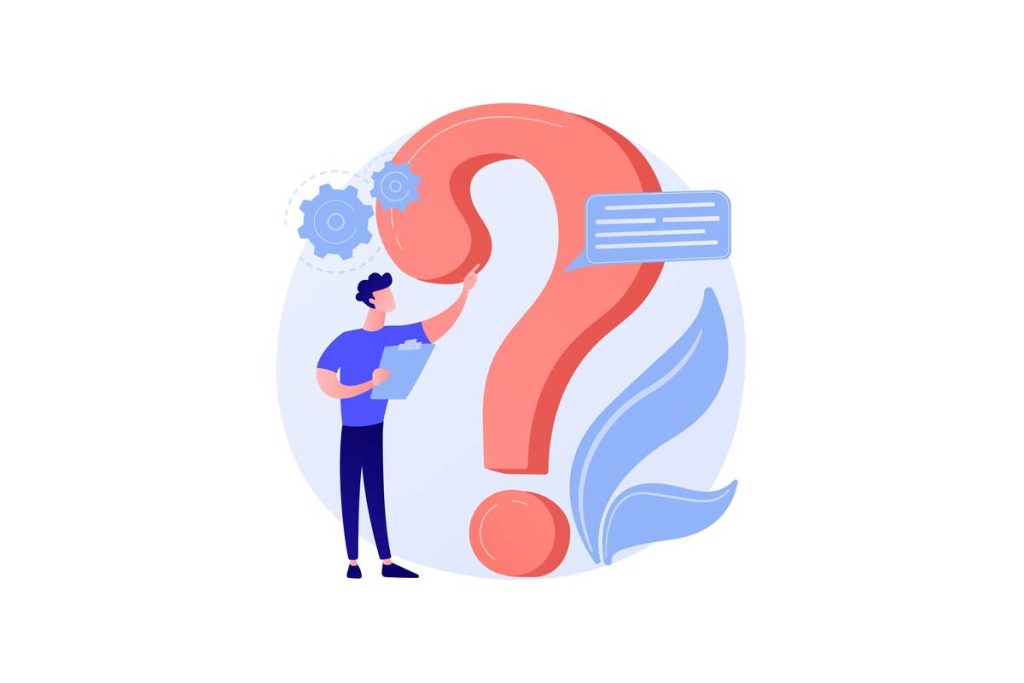
The problem statement is essentially the most important part of learning how to write a grant proposal. This section is also called the “need statement” or the “statement of need”. Basically, you explain why your community has a specific problem and how you can solve it.
Hence, you will need to do extensive research to figure out the history of the problem, previous solutions if any, and why your solution has the capacity to not only address the issue but also solve it. The problem statement heavily relies on quantitative data, therefore, make sure that you conduct extensive research. Here is a sample problem of food insecurity in the community:
In 2019, a report from [institution-1 name] revealed that the [community name] is facing a critical situation indicating that the community is facing the highest per capita rate of food insecurity in the state. Then, another research from [institution-2 name] reaffirmed these findings and added that there is an urgent need for a solution.
The main issue is insufficient resources to meet the growing demand for nutritious food in the community. Despite the urgent need, our organization falls short of meeting the requirements, leaving a large number of individuals vulnerable to hunger.
Recognizing the urgency of the issue, [your organization name] is reaching out to you for a transformative initiative. The purpose of our project is to double our capacity to serve more and more individuals and provide a sustainable solution.
Step 5: State Your Goals and Objectives

Another important section of a grant proposal is the process of stating your goals and objectives clearly. In fact, most of the time grant proposals fail to secure any grant because they could not state their objective clearly enough. Therefore, all the effort goes to waste.
Hence, you must understand that stating the goals and objectives of your proposal grant is an essential part of learning how to write a grant proposal. So, talk about the objective of your proposal once you are writing your problem statement. Mention what you want to achieve and how you will measure the success of your project.
Essentially, this section of a grant proposal is the key part to help the grantee, government, or funder decide whether they should invest in your project or not. Besides, you should treat the goals and objectives of your proposal differently although they sound similar.
You can think of the goal of your project as a broader statement whereas the objectives of your proposal are specific outcomes that you can measure. Hence, you can state the objectives of your project as the outcome of your project.
Also, make sure that draw a relatable connection between the objectives of your project and the needs of the audience. Nevertheless, here is a sample to help you understand the difference between the two to learn how to write a grant proposal by heart:
The Goal: The overarching goal of the local food bank project is to alleviate hunger and enhance food security in our local community.
The Objective: Within the next 12 months, the local food bank aims to achieve the following objectives:
- Doubling the storage capacity of the food bank.
- Enhancing the distribution efficiency and decreasing the wait time by 24%.
- Develop and implement more outreach programs in the community to raise awareness.
- Build and strengthen local partnerships with local businesses, government agencies, and community organizations.
- Implement a monitoring system to assess the success of the project.
Step 6: Project Design
Now that the funder knows the goals and objectives of your project, it is the best time let them know how are you planning on achieving them. So, list down all the hires, support services, additional facilities, methods and strategies that you will need to work on the project and achieve the desired outcomes.
This section should basically list down each detail of how you are going to work on the project. Besides, make sure that this section closely matches to the goals and objectives section that you outlined earlier. You can also add examples if any of the strategies and methods worked for a previous project.
All in all, make sure that this section can demonstrate to the grantee that your project and strategies are practical, rational, cost-effective, and well-researched.
Step 7: The Project Evaluation
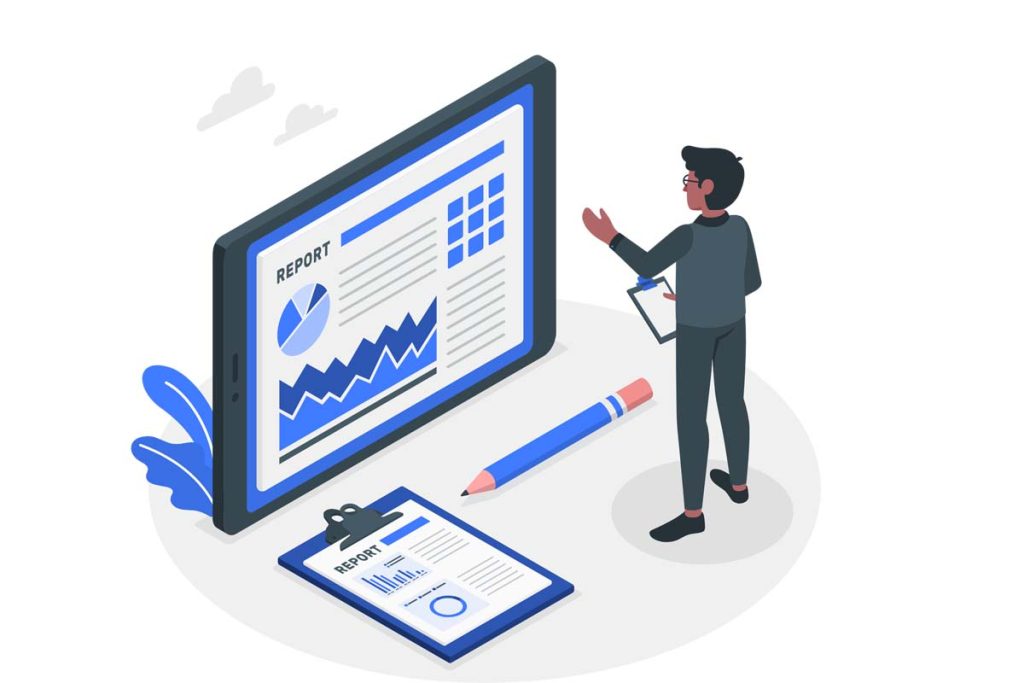
The 7th step of learning how to write a grant proposal is the project evaluation step. In this section, you will how you will track the progress of your project. Besides, you will also add details such as the timeframe that your organization needs to evaluate the progress, the team responsible for the evaluation, and specific skills and tools required for the evaluation process.
This is an important section because whether it is a private funder or a government agency, they need to know how you will track the progress and whether or not their investment will make any difference.
Step 8: Other Funding Sources
The second last section of any grant proposal is the section where you have to list down all the other sources of funding if there are any. You have to understand that most funders do not fancy the idea of investing in a short-term project that has no future.
Therefore, you have to mention your other sources of funding and sustainability. You can details such as the total cost of ownership, on-going maintenance cost, daily businesses, and operational support. Hence, have a strong blueprint. After all, funders wat to know how you will generate revenue to keep the project going.
Step 9: outline the Project Budget
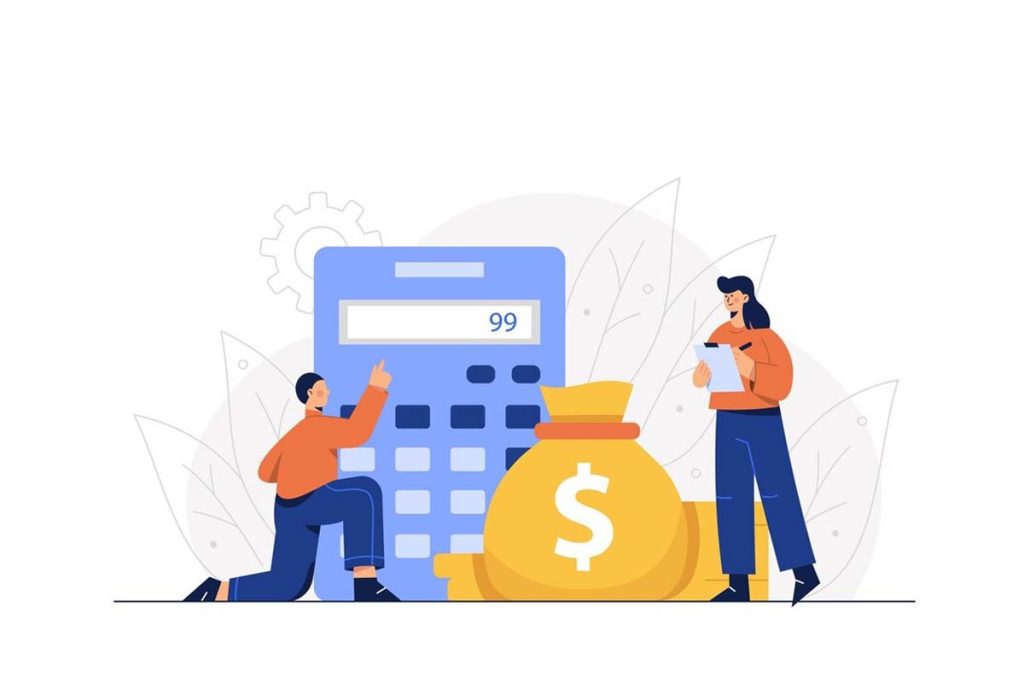
The last step of learning how to write a grant proposal is outlining the project budget. This is the section of a grant proposal that focuses on how you will use each resource and funds from an operational standpoint.
For instance, write the details of all the expenses that includes a table of a service catalog and products. Besides, make sure that this section covers everything, including travel costs, supplies, advertising, personnel, and more. Also, double check every detail as it is very easy to overlook small details that can have a huge impact.
You can read more about:
- How to Write a Press Release for an Event in 2024
- 10 Important Things to Know Before Changing Your Career
- 10 Best Email Copywriting Tips You Must Know
- Top 10 Ways to Improve Your English | Best Practices For English Learners
- How to Check the Originality of Your Writing Online

